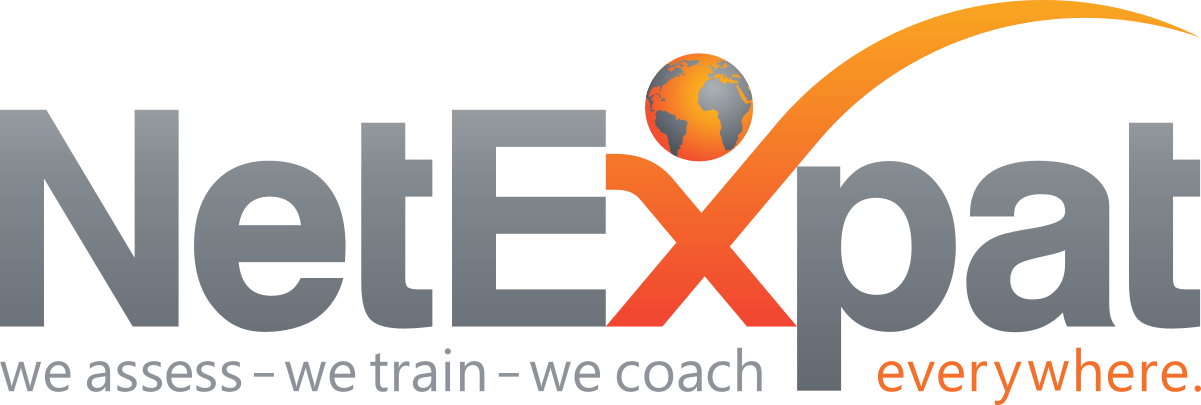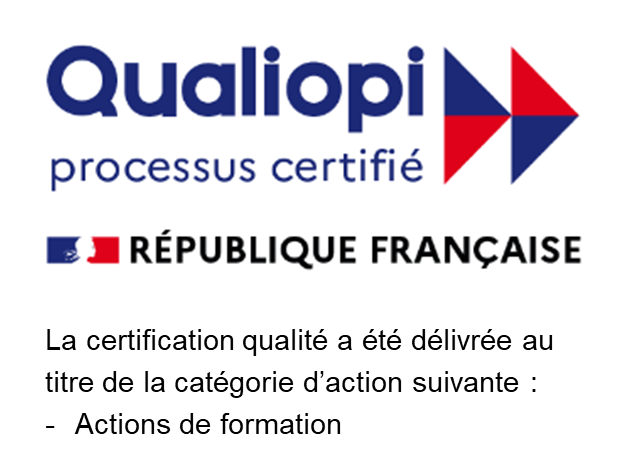Turning Talent Mobility Data Into Influence: Getting Leadership Buy-In

Leadership wants metrics, but they also
need
clarity. When you see a business need or opportunity, building the right business case with data is the way to give that to them. It’s also the best way for
you
to get buy-in. This blog post will discuss how to use data to strengthen business cases and the role of business storytelling in securing buy-in.
Why rely on data—and is it enough?
Workforce trends like attrition spikes, mobility inefficiencies, and stretched leadership bandwidth impact many organizations. These challenges demand strategic solutions, but without the right data to explain why these challenges exist, companies risk making decisions on assumptions instead of evidence.
But data alone doesn’t drive change—telling stories does. When told well, data-driven stories dig beneath the surface to expose the causes behind business challenges, justify the need for investment or change, and create momentum for business growth.
How to tell a strong story
C-suite executives are busy and don’t have time to listen to long presentations; what they need are insights that cut through complexity and inspire action. For HR and mobility professionals to be seen as strategic partners, they’ll need to craft a compelling narrative—in a concise way—that states a business challenge, the reasons or patterns behind the problem, and the positive impact proposed changes would have if suggestions are implemented. When aligned with company goals,
mobility is a strategic investment that drives business success. Data provides the evidence. Your story provides the inspiration for meaningful change.
“There is often a fear among employees to adopt AI solutions. Providing support and showing them how it will enhance their daily tasks is key. When employees see AI boosting their productivity instead of replacing their roles, it fosters a sense of stability, and trust—and productivity increases—follow.”
Max Al-Qubaisi
People Analytics Director | Global Project Manager, Schlumberger
AI and Big Data: A challenge or an opportunity?
During a recent NetExpat webinar, participants shared that their organizations’ current use of AI and big data in talent mobility varied from not using it at all (28%) to advanced use (only 4%). While AI and data-driven analytics have great potential for every aspect of talent and mobility management, stakeholders face significant hurdles when it comes to adopting them. The biggest barriers? A lack of clear vision (43%), data privacy concerns (55%), and integration challenges (43%). This can be a source of frustration, but it’s also an opportunity for HR and mobility professionals to turn the mobility data that they’ve already been mining into business cases for investment. Below are two prime examples of this technique in action.
Tracking the right metrics for impact
So what data should you track? Not all data is created equal. To tell the right story, professionals first need to first identify their organization’s pain points—then determine how they can identify trends and offer solutions. Some examples:
- Considering budget cuts? Historical satisfaction surveys and exit interviews can predict the impact of reducing relocation benefits.
- Mitigating Compliance Risks? Tracking regulatory changes alongside employee movement patterns can highlight potential compliance gaps and help organizations proactively adjust policies to remain in alignment with evolving legal standards.
- Leveraging mobility for leadership development? Tracking post-assignment career progression ensures high-potential employees are benefitting from relocation opportunities.
Giving mobility a seat at the table is an important goal, since mobility truly supports business growth when aligned with company objectives. But teams often need to demonstrate mobility’s value to earn that perception. The most effective way to do that is by telling concise, compelling business stories that show measurable solutions to business pain points.
Simon Baker,
Head of Global Mobility, Roche
Final Thoughts: The future of data and AI in mobility
AI and big data are redefining workforce mobility. But their impact isn’t determined by technology alone—it’s shaped by how effectively the professionals using the data can present a compelling story and influence decisions. The end result is so much more than securing buy-in from the organization. It also leads to the ability to drive efficiency, improve employee experiences, alleviate workforce overload, and change perceptions of mobility as a strategic business partner—all of which ensures that businesses can stay relevant and future-ready.
At NetExpat, we're equally driven by consistent data collection, tracking everything from program utilization rates to satisfaction scores. Because mobility strategies are strongest when backed by reliable data, it’s our goal to support our clients when building business cases to secure support from decision makers within their organizations. Contact us at info@netexpat.com for more information.
Share this post
















